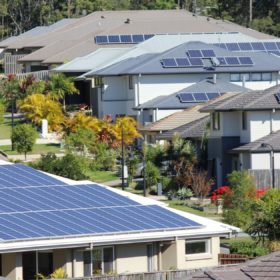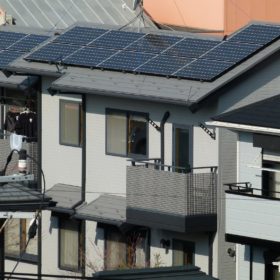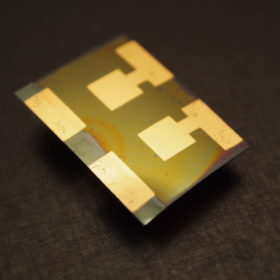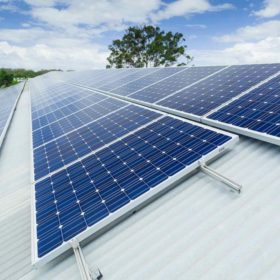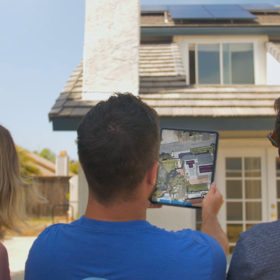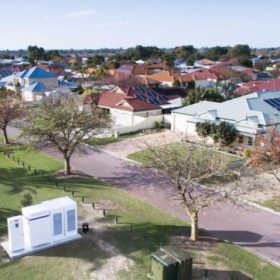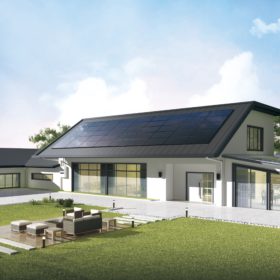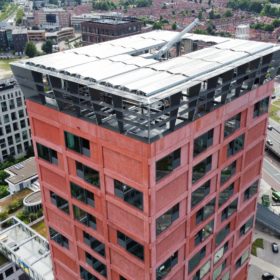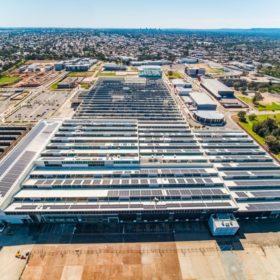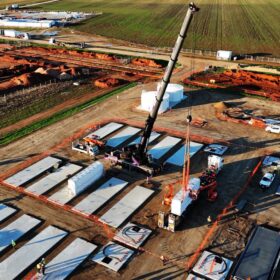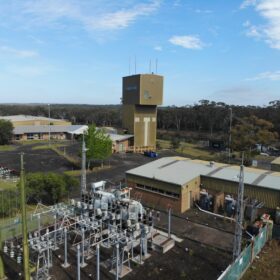Renewable energy generation hits record levels in Australia
Renewable energy generation provided a record high proportion of Australia’s electricity mix in the final three months of 2022, supplying on average more than 40% of power in the nation’s main grid, eclipsing the previous record of 35.8% set in the same period the previous year.
Evergen to test DER optimisation technology in Japanese setting
Australian energy software provider Evergen will take its solar and battery optimisation technology to Japan after teaming with Japanese companies Sharing Energy and Sassor on a pilot project to explore how to best commercialise distributed energy resources, including rooftop solar and residential battery energy storage systems, in Japan.
Perovskite PV tipped to become competitive in rooftop segment
Scientists from Australia are among an international team of researchers that predict lightweight, high-performance perovskite solar modules could soon become competitive with crystalline PV modules in the residential segment, as such products will likely have lower manufacturing and balance-of-system costs in the future.
How closely monitoring households’ energy data can unleash solar outputs and (possibly) make them more money
Almost one in three Australian households have solar panels on their roofs. Most are motivated by rising electricity prices and environmental concerns. Households are paid a so-called feed-in tariff for surplus energy they export to the grid.
BIPV shading estimation methods key for uptake, says IEA-PVPS
A recently published report from the International Energy Agency’s Photovoltaic Power Systems Programme on building integrated photovoltaics (BIPV) digitalisation found many industry professionals are unsure of a suitable method for estimating shading in BIPV projects.
OpenSolar to boost online PV platform capability with $22 million injection
Australian software company OpenSolar plans to speed the development of its free online solar design and sales platform and drive customer expansion globally after securing a funding injection of more than $22 million (USD 15 million).
Grant guidelines published for $200 million community battery scheme
The Australian government is taking the next steps to roll out 400 batteries in neighbourhoods across the country as part of the $200 million (USD 134 million) Community Batteries for Household Solar program.
Cell switch boosts power output of Trina Vertex S module
Chinese PV technology manufacturer Trina Solar has launched an upgraded version of its Vertex S All Black module featuring an increased output of about 30 W hoping to capture a significant portion of Australia’s growing residential and commercial solar market.
Rooftop system with PV panels, mini wind turbines in the Netherlands
Ibis Power has developed a rooftop system that combines solar with wind turbines designed for medium-sized structures and high-rise buildings. It claims its PowerNEST system can produce six to 10 times more energy than standalone rooftop solar. The company has already installed five projects in the Netherlands.
CleanPeak to switch on massive 5 MW rooftop system
One of Australia’s largest rooftop solar arrays will be energised this week with CleanPeak Energy announcing the second phase of a 5 MW PV system at the Tonsley Innovation District in Adelaide is set to be switched on in the coming days.
